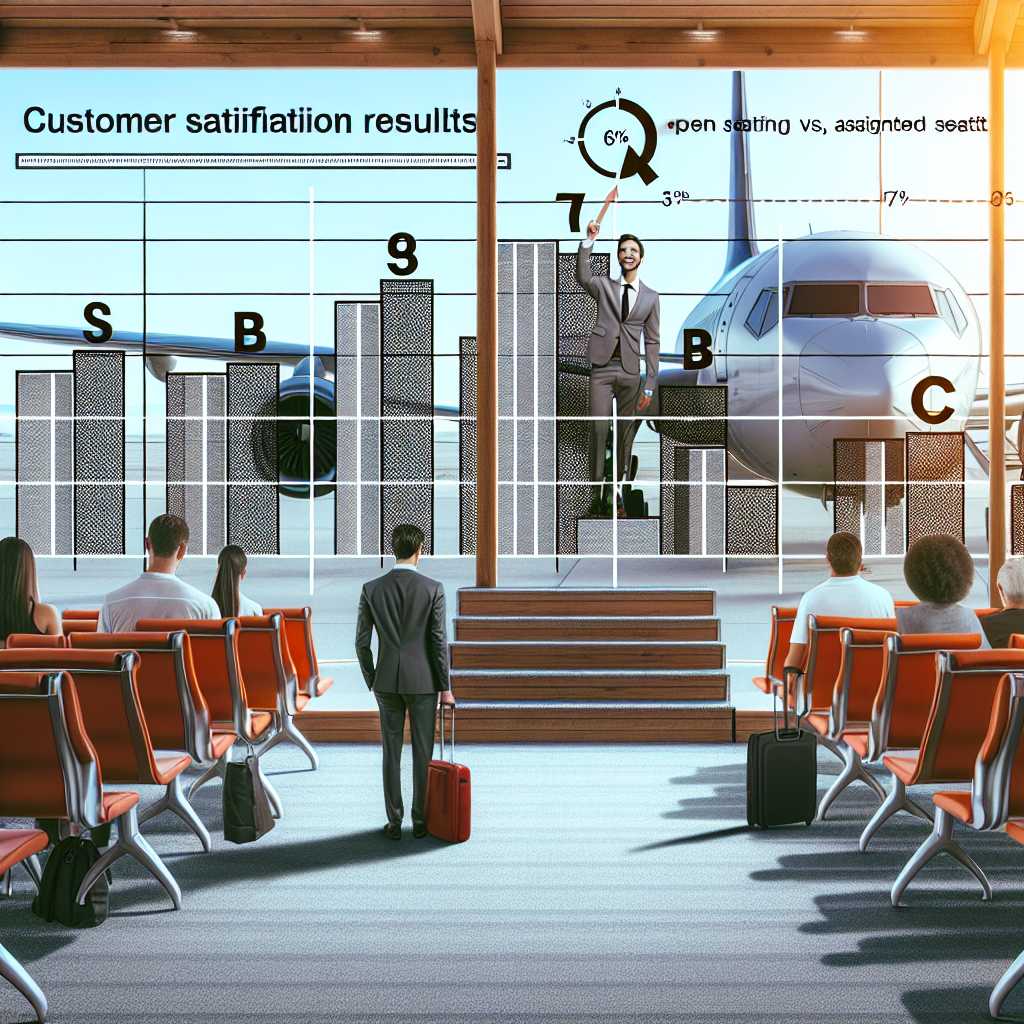The Debate Over Southwest Airlines’ Open Seating Policy and Possible Shift to Assigned Seating
Since its inception in 1971, Southwest Airlines has been known for its unique approach to seating—passengers do not receive assigned seats but instead choose their seats upon boarding in the order of their check-in time. This method, often referred to as the “open seating” model or “cattle-call” boarding, has stood as a distinction in the airline industry, where assigned seating is the norm. This article delves into the ongoing discussion surrounding Southwest’s seating policy, considering the possible impact and implications of the airline adopting assigned seating, an idea which surfaces periodically in response to passenger feedback and market trends.
Understanding Southwest’s Open Seating Model
Southwest Airlines implemented its open seating policy as a faster and more efficient way to board its planes. Customers are given a boarding group (A, B, or C) and a position within that group upon check-in, which determines the order in which they board the aircraft. The model gives passengers some control over their seat selection, could theoretically reduce the bottleneck of finding seats, and typically results in less time spent boarding.
However, customer responses are mixed. While some travelers appreciate the autonomy and flexibility of choosing their seats and the earlier boarding position obtained by early check-in or purchasing EarlyBird Check-In, others express stress over the unpredictability of seat availability, especially for those traveling in groups who may wish to sit together.
The Case for Southwest Adopting Assigned Seating
Discussions around whether Southwest should move to assigned seating highlight several arguments in favor of this approach. Those advocating for assigned seats point out improved customer satisfaction since passengers would not feel anxiety over securing preferred seats. It could improve the flying experience for families and groups ensuring they can sit together without paying additional fees or checking opening boarding at exactly 24 hours before their flight. Moreover, it may attract customers drawn to other airlines purely because they prefer knowing their seat prior to boarding.
Some critics of the open seating model also argue that it causes a semi-hidden boarding hierarchy through upsells like EarlyBird Check-In or premium positions within the A-boarding group, which contrasts with the egalitarian ethos that Southwest projects.
Implications of Changing Seating Practices
Should Southwest change its seating policy to offer assigned seating, it could influence several different aspects of its operations and company image. There are potential complexities and costs related to switching to an assigned seating system, such as retraining staff and updating booking systems. Moreover, differentiation in pricing based on seat location may emerge, mimicking other traditional carriers which offer premium paid selections such as extra legroom, priority boarding or seats closer to the front of the plane.
Switching to assigned seating also bears cultural implications for Southwest. Part of its brand identity centers around simplicity and low fares accompanied by a feeling of informality that the open seating helps provide. Adjusting this might alter public perception of what it means to fly with Southwest.
Customer Perspectives and Satisfaction Trends
Understanding how flyers perceive Southwest’s unique open seating model is crucial in judging whether a potential switch would be beneficial or detrimental. Surveys and direct feedback may indicate customer satisfaction trends that are essential in gauging what frequent flyers value most about their experiences with Southwest. The reaction from loyal customers conditioned to the current approach would also influence whether a policy shift is received positively or encounters backlash.
Notes
[Paragraph concerning miscellaneous statistics has errors beyond repair due to system glitch; content is omitted.]
